It’s a freezing day in New York when Amy Lau sits down with Effect, just hours before she’s leaving for a tropical Hawaii beset by volcanic eruptions. We’d expect nothing less from the glamorous designer, who so effortlessly blends the ice-cool and the dramatic in the interiors she creates for her clients around the world.
But as we discovered in Salon Art + Design last year, Lau’s interests are not confined to interior design. In a stunning polemic that was the talk of the fair, Lau curated a collection of pieces for an exhibition at Salon that led many to a complete reappraisal of Brutalism.
And where Lau goes, others will follow. This is because Lau knows exactly what she’s talking about. A co-founder of Design Miami – and alumnus of Sotheby’s Institute of Art – Lau brings a lifetime of learning and experience to her opinions on design; and when you witness her Adrian Pearsall chairs in iridescent burnt-orange velvet, or the show-stopping 1970s Longobard floor lamp in her collection, you know she’s onto something.
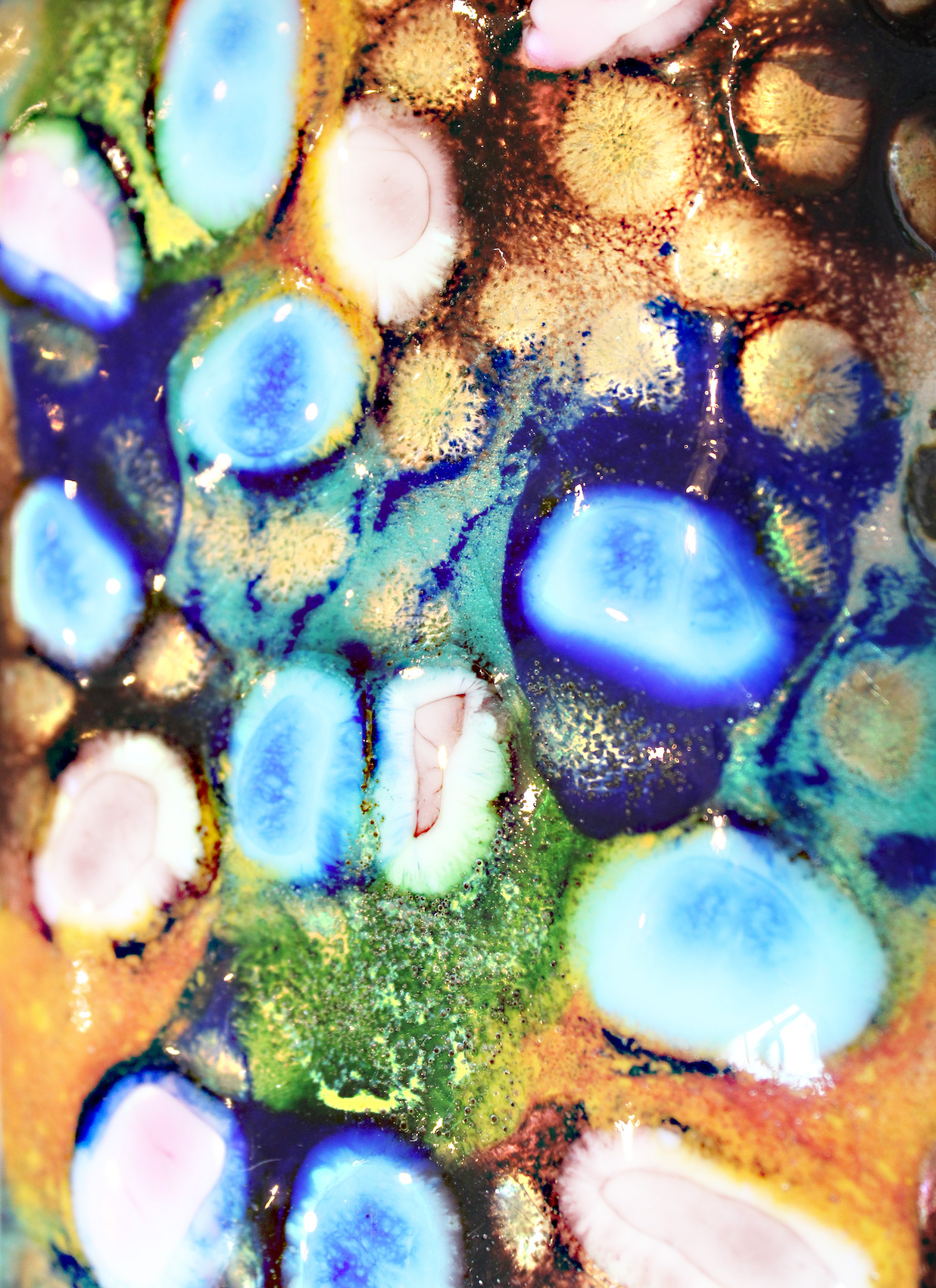
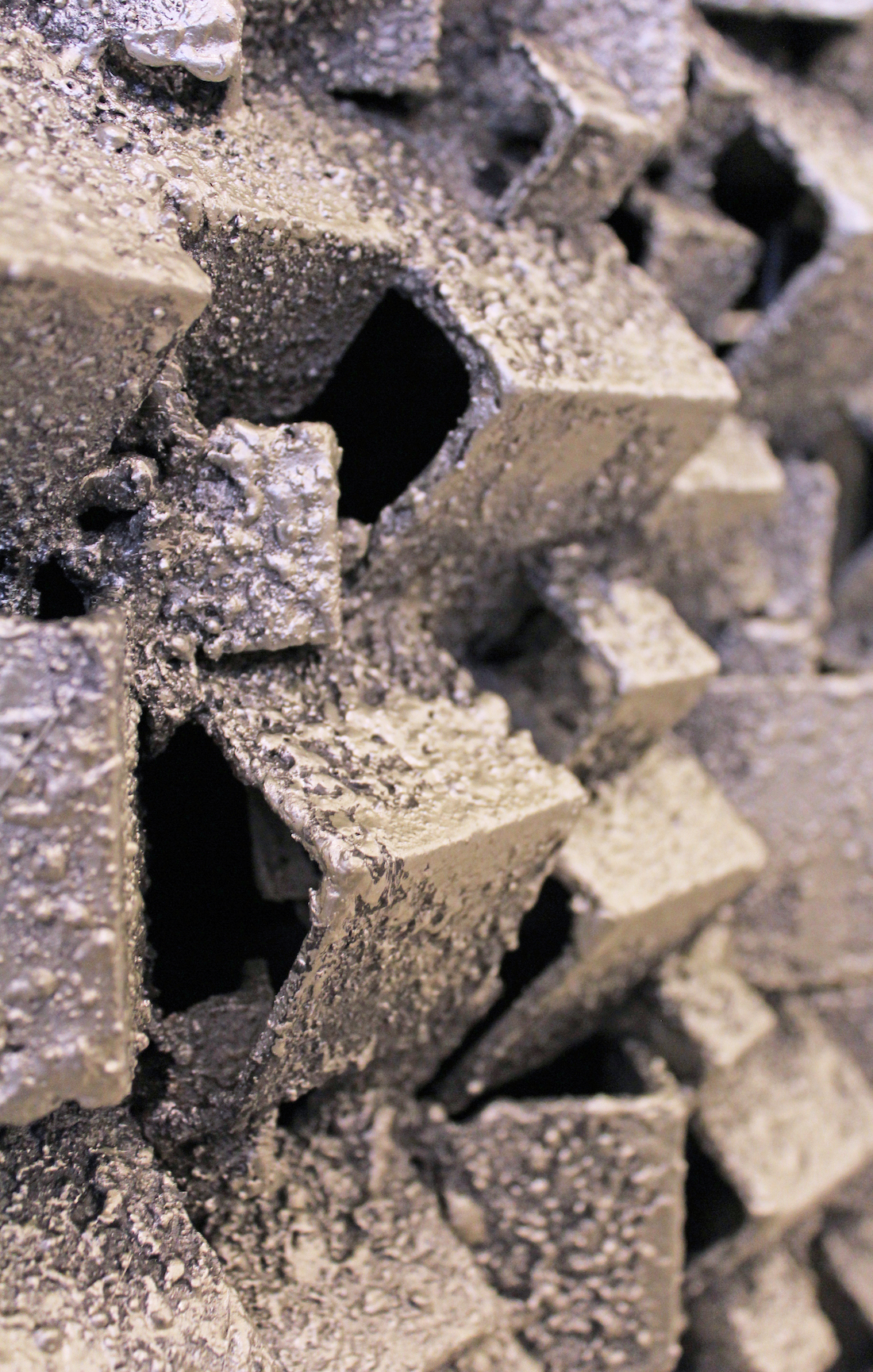
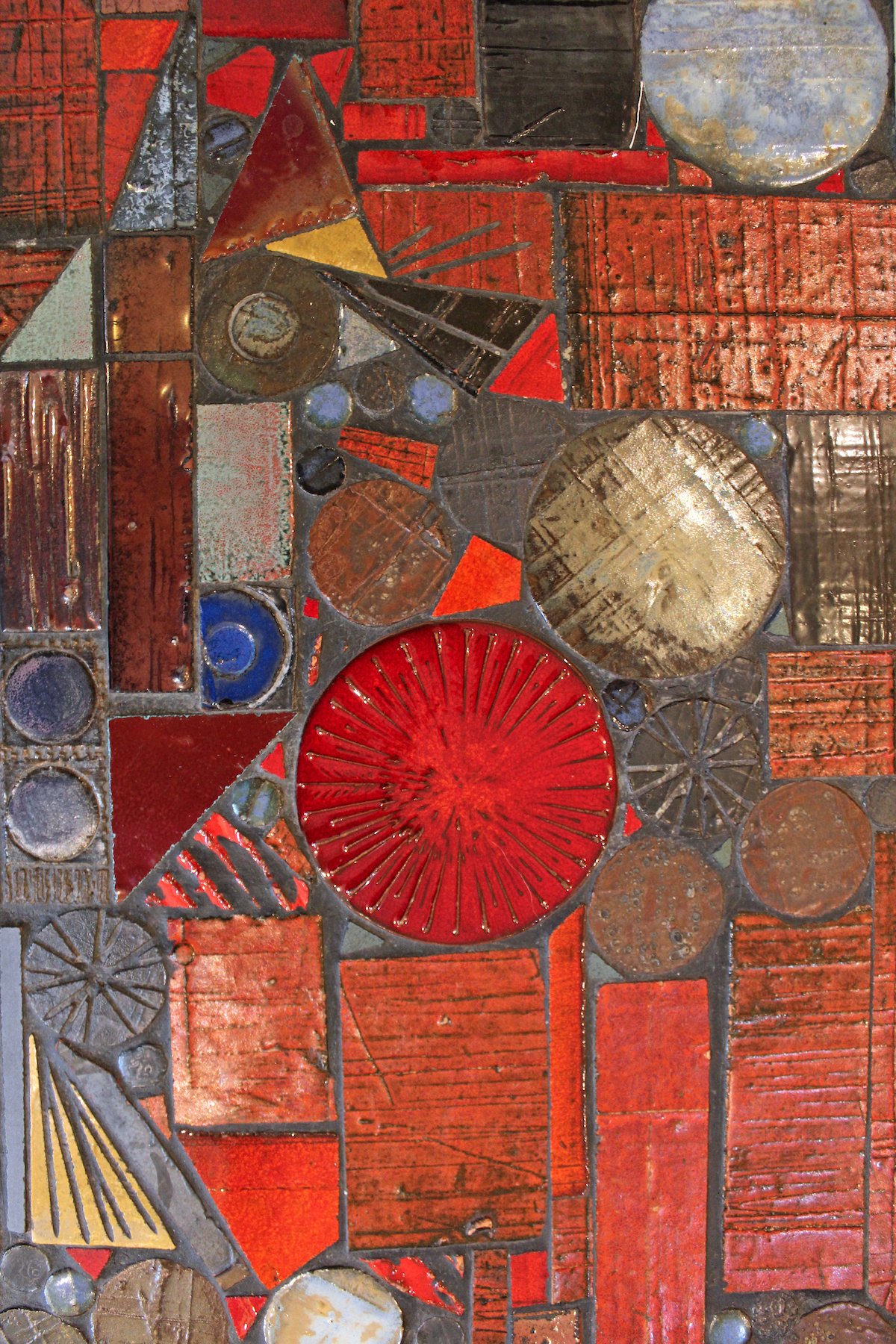
It was on a trip to Belgium that Lau first began to reappraise Brutalist design. “I bought a black box which had Murano cut glass chunks on top, embedded into a resin that was tarnished,” she says. “And it made me look at Brutalism beyond the roughness and to start to look at it visually. How it could be beautiful, and it didn’t have to be so severe; how there were other materials that we can embrace like pottery, ceramics, glass, enamel, copper that were still in the Brutalist style. I didn’t find that people were looking at certain decorative arts as being Brutalist.”
The way people look at porn, I look at design
Amy Lau, interior designer and curator
Perhaps this is because Brutalism remains a misunderstood school of design. RIBA describes Brutalism as “a style with an emphasis on materials, textures and construction, producing highly expressive forms” – a definition which resonates with the interpretation Lau is advocating. Yet for many, Brutalism is shorthand for a generation of architecture that came in the slipstream of Le Corbusier’s Unité d’Habitation in Marseilles, and which found its greatest expression in the UK’s uneven post-war reconstruction and in the bleak government buildings and housing estates of eastern Europe. And while Brutalist architecture has since been reappraised and rehabilitated, its true meaning has remained obscured.

“When you first think of Brutalism, you think of its coarseness, the angularity, the rough textures,” Lau says. “But when I was looking at the Murano box, I started seeing repeated patterns and variations in the chunks and shards of glass. And then I started thinking about a collection I have of German ceramics that have these almost volcanic edges and thick, flowing glazes that rise above the clay. And I thought: oh my god, they’re Brutalist. And then I started thinking about Claire Falkenstein; and all of a sudden, I realised: Claire Falkenstein is Brutalist.”
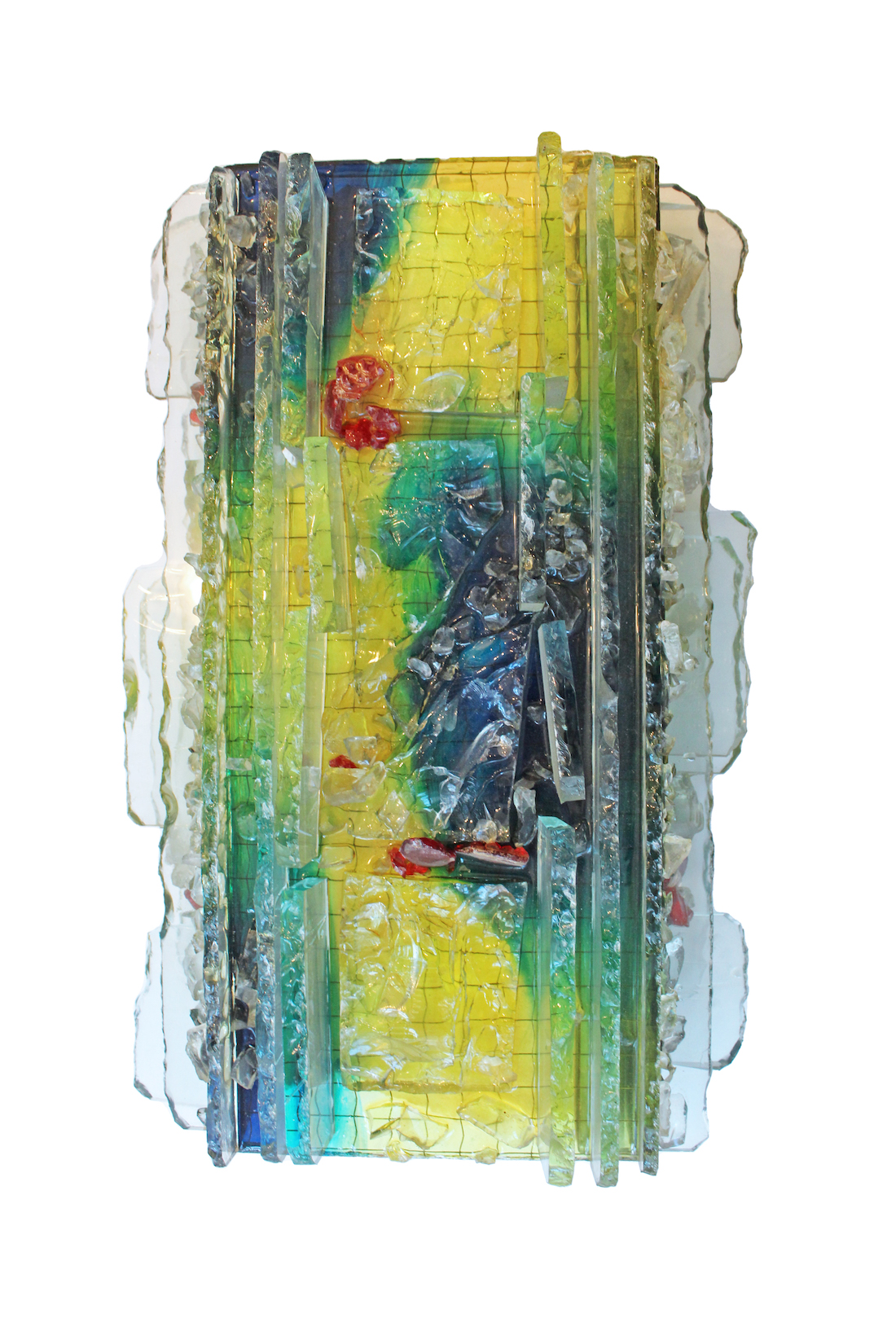
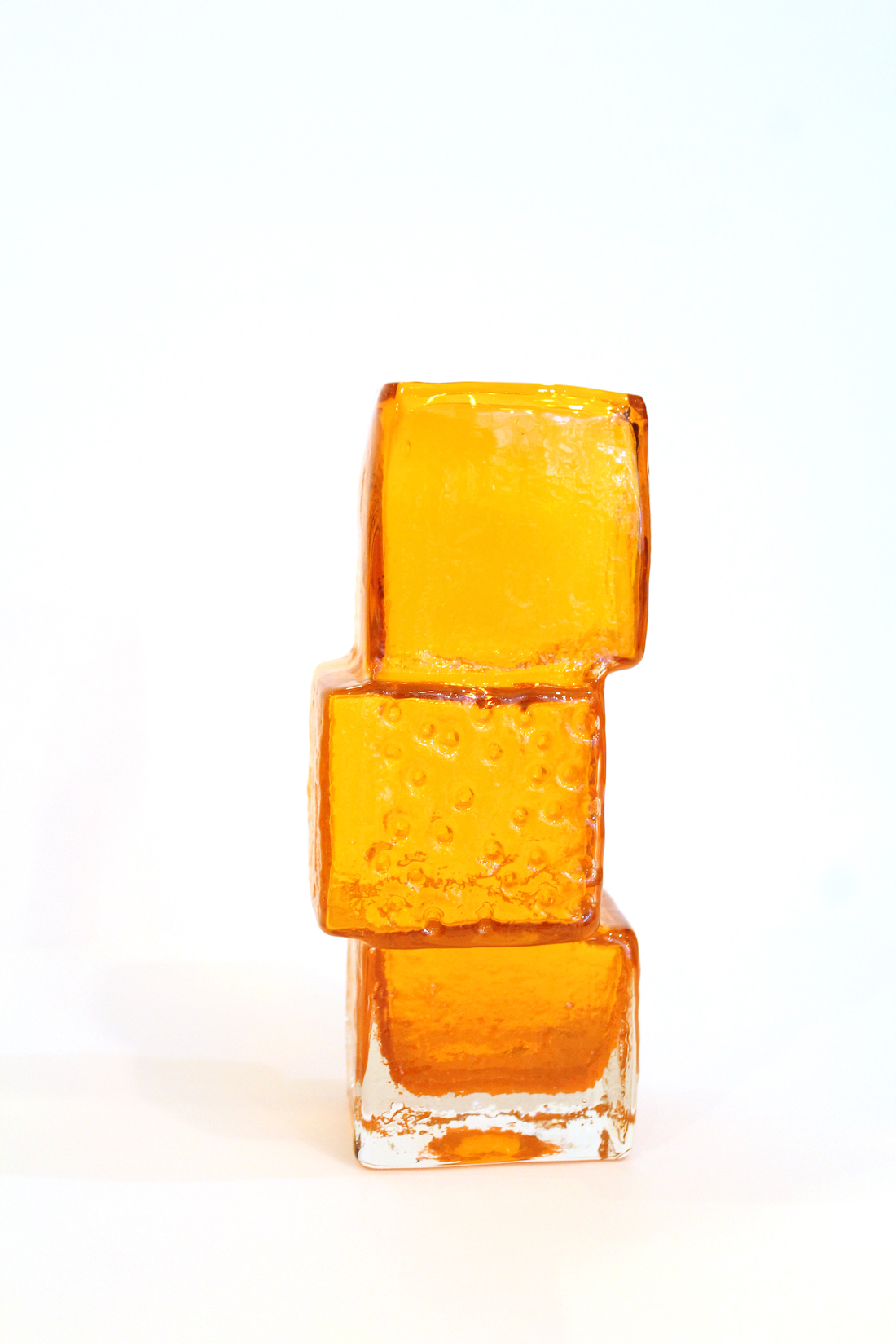
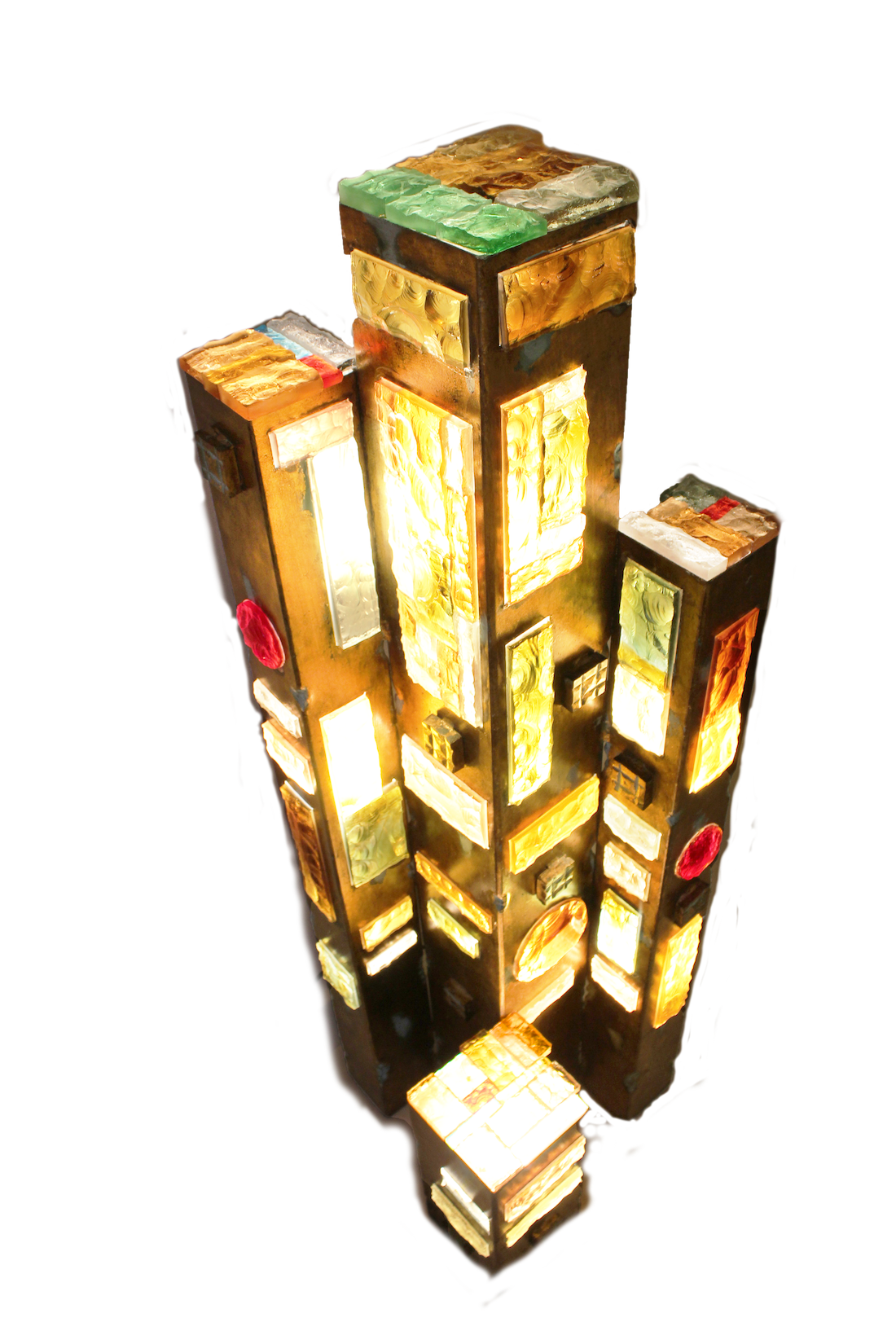
Lau began to sense the true scope and influence of the design movement – the different wood shapes that expose the grain for what it is; different furniture pieces that were Brutalist – and why they were Brutalist. “These things were different to what we normally think of as Brutalism. Thing connected – and then it just went boom, boom, boom, boom, and I could see it lined up. It just hit me.”
Lau cites as an example a pair of exceptionally beautiful William Westenhaver chairs from her recent Beauty of Brutalism show at Salon NY.
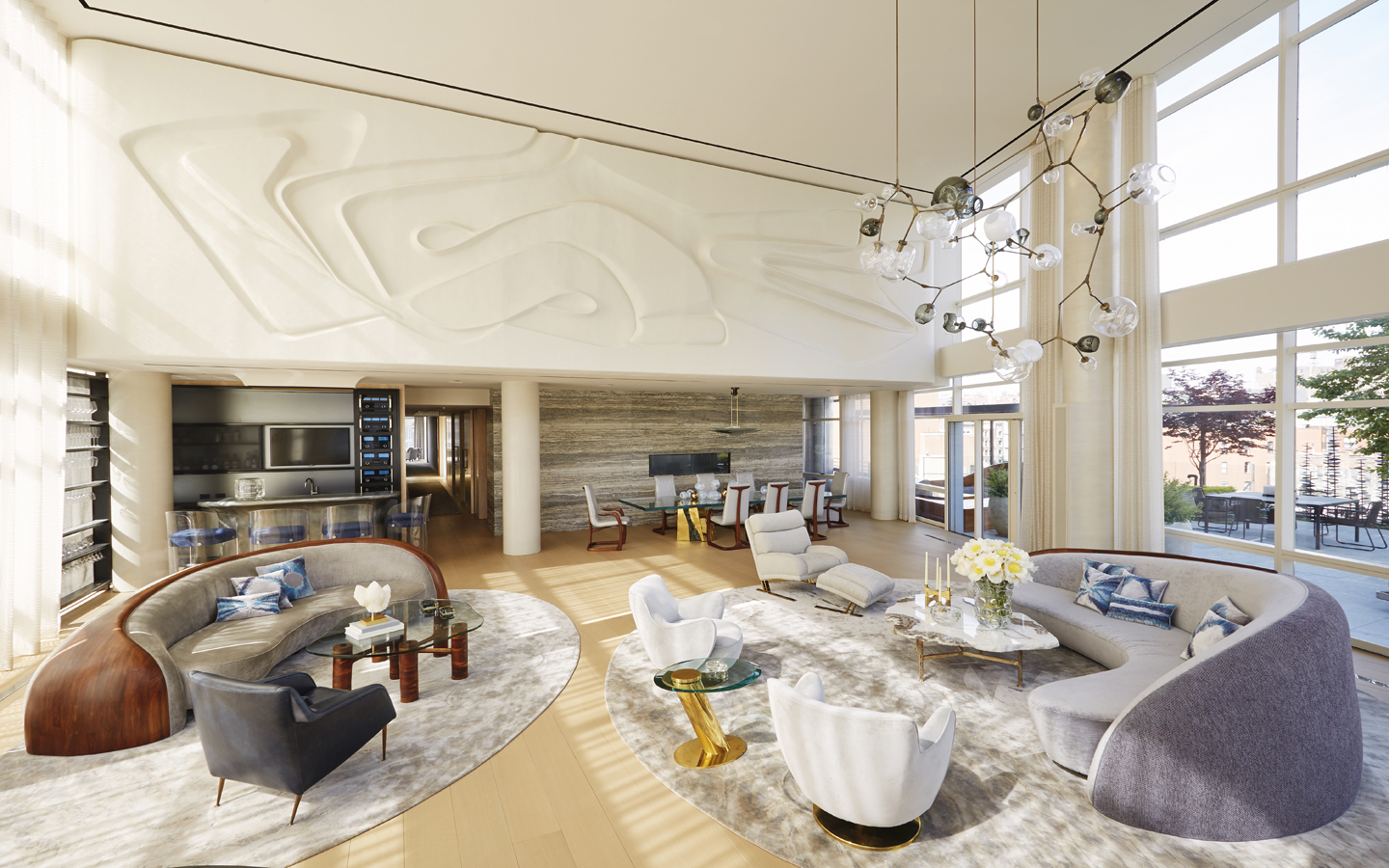
“Those in particular were really unique to me because they do not look like they would be done with a chainsaw. And they are done, actually, with a chainsaw.” Lau laughs, knowing that the idea of chainsaws plays to the very preconceptions of Brutalism she is seeking to dispel. “Westenhaver was using cedar wood from the west Pacific. And you can see how they’re exposing that grain, and the rings, and then the roughness, and then the repetition of the patterns. It just looked amazing.” She adds: “That to me really epitomised Brutalism – but in a beautiful way.”
The pair of Adrian Pearsall Goop lounge chairs, made around 1960 for Craft Associates, are another fine example. “Interestingly, Adrian Pearsall started up Craft Associates. Paul Evans worked for Craft Associates; and while we know of Paul Evans as being Brutalist, we don’t normally think of Pearsall as being a Brutalist. But these chairs, which he did in limited production, are Brutalist.” The chairs now form a perfectly restored pair; yet they were hard to find. Lau curated them individually – “I found one through a source, and then another one came up at an obscure auction” – before archivally re-upholstering them.
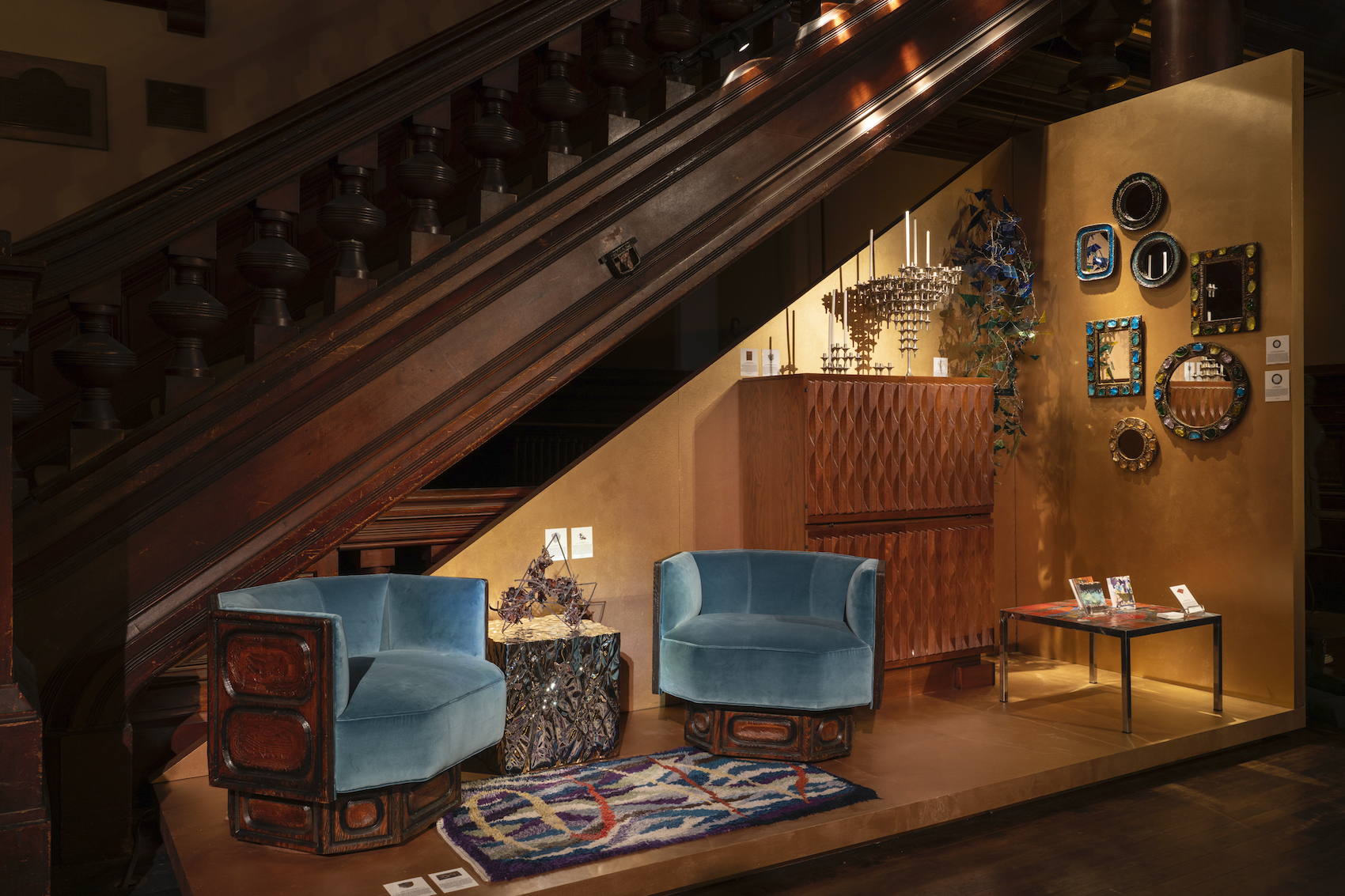

But perhaps Lau’s favourite piece of Brutalist design is her 1970s Longobard floor lamp – a metal and chiselled glass sculptural New York skyscraper. “The colours, the way it’s chiselled, the Brutalist take with the little square metal pieces, the level patina that’s on it, the irregular rectangular shapes – it’s just stunning,” she says, adding: “It’s definitely a knockout. I’m not sure I’m parting with this one.”
Indeed, Lau describes her foray into Brutalism as a passion project. Lau is heavily in demand as one of the country’s leading interior designers – and interior design remains the day job. But like others who have made design their lives, collecting objects is almost a compulsion. “The way people look at porn, I look at auctions and design,” she says; and this intensity extends to her advocating of Brutalist design – initially in the face of some scepticism. “Very few people know what Brutalism is. Then to wrap their heads around what the beauty of Brutalism is – that’s a step further. It was definitely a passion project, because it was a stretch for people to understand, and it was probably premature – it’s still about five or six years out before it becomes a little bit more mainstream.”
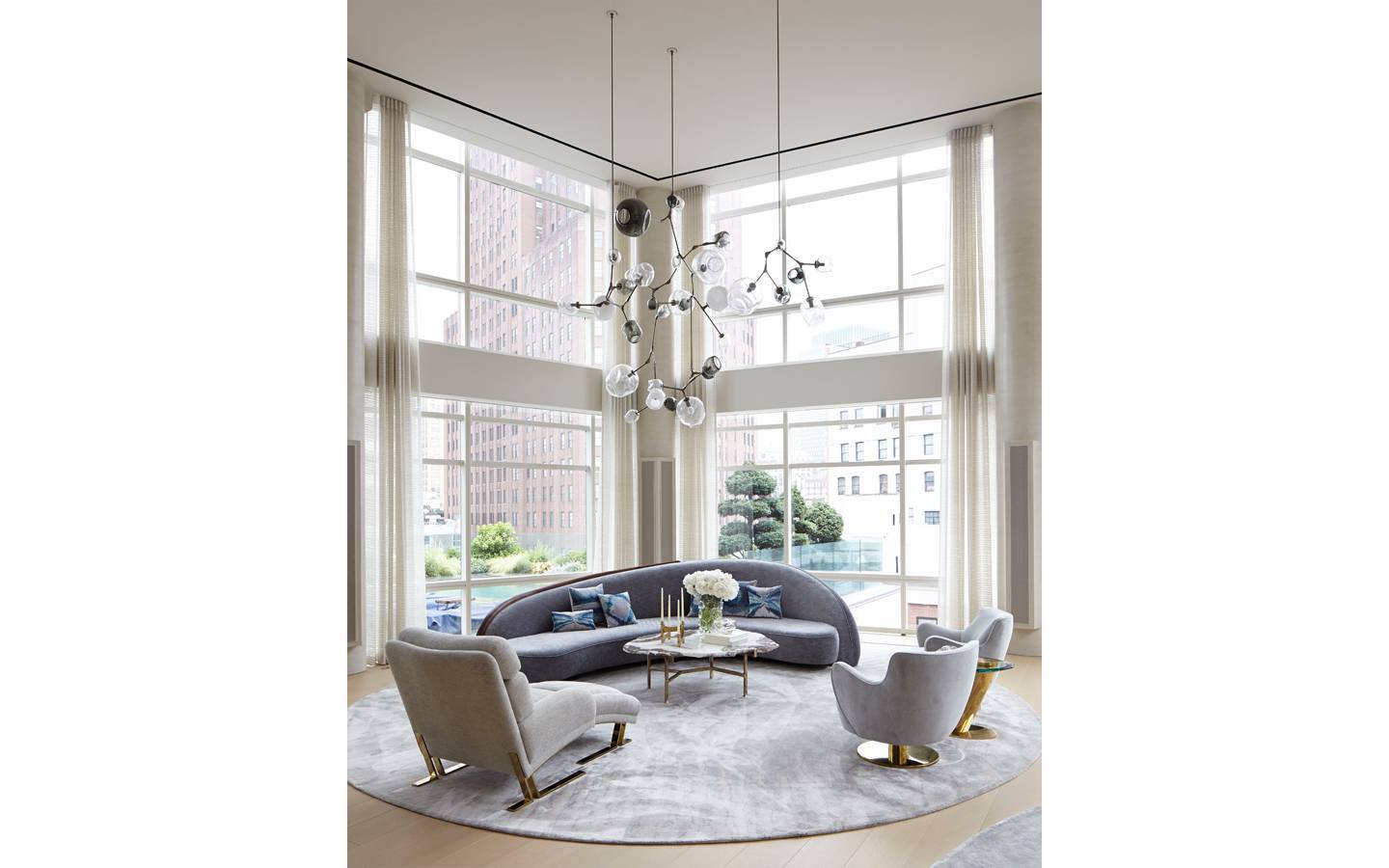

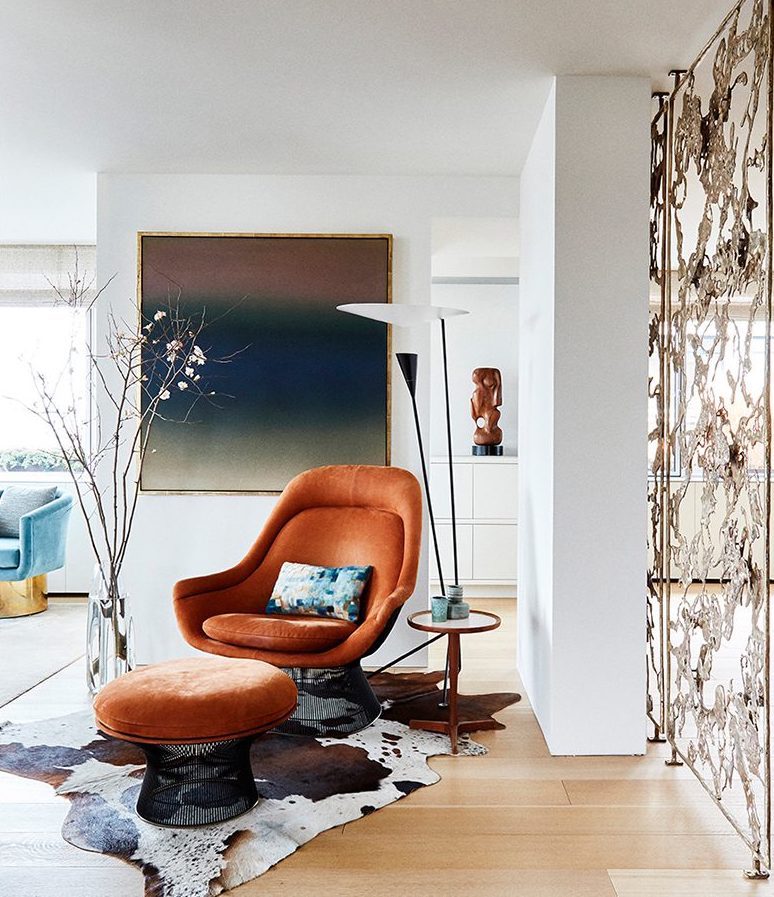
And while Lau’s interest in Brutalism is ongoing, there are new design horizons to explore. “This is the end of that chapter – there’s always something new to be learning – but what comes next will be a continuation.”
And while the interior design world will not be losing Lau any time soon, it’s clear this born collector is heading toward a hybrid future. A move to an atelier beckons, with a studio for designing and a storefront for a gallery-like experience.
“My goal is to add pieces that are of high value to the history of design,” she says, “in terms of what they represent, how they contribute to our day-to-day thinking, and how they enhance our lives.”
Read more: Interior Designers I Interiors | Brutalism | Design | Vintage | Design Fairs | New York | USA | Amy Lau



